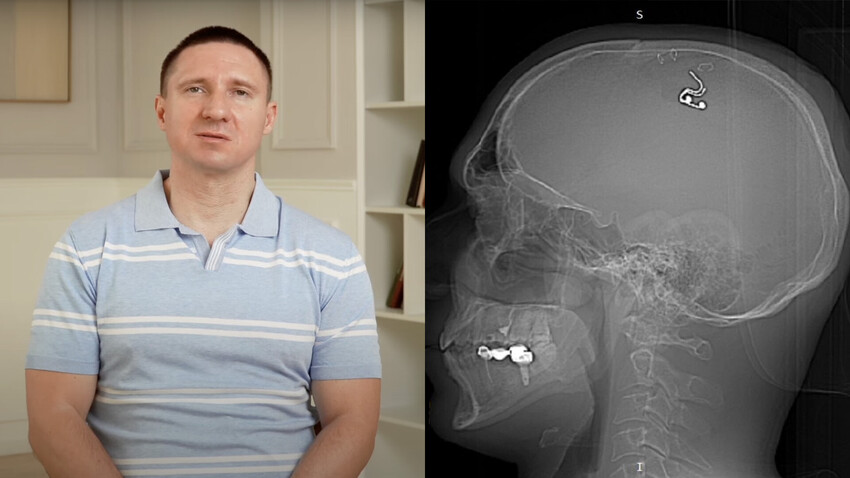
“If you do not want to go to a madhouse or meet your great-grandparents, then you should not perform trepanation on yourself. I was lucky to avoid these options only because I prepared for it for a long time, I was motivated, I had a reason why I did it.” Mikhail Raduga, a self-proclaimed researcher of lucid dreams from Novosibirsk, said this in an interview with the ‘Life Shot’ Telegram channel in July, two months after the trepanation he performed on his own skull.
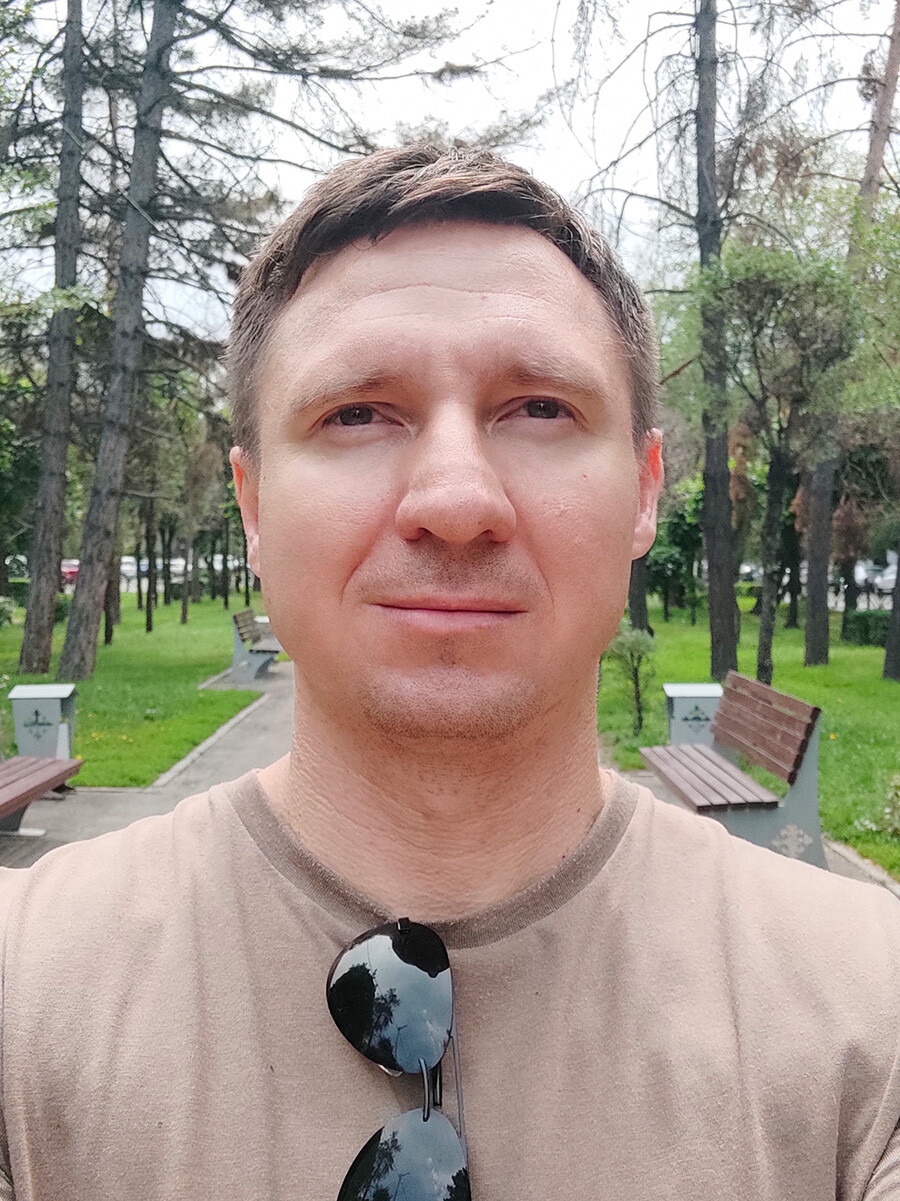
Mikhail Raduga
michael_raduga/vk.comMikhail is 40 years old, his YouTube channel has over 50 thousand subscribers and his video tutorials dedicated primarily to “out-of-body experiences” get tens and hundreds of thousands of views. One of the videos is called ‘35 techniques for getting out of the body’. However, during the experiment on installation of electrodes in his brain, which Mikhail dared to conduct himself, he almost experienced the “36th” way out of the body, the final one.
“I have been studying lucid dreaming since my youth, I have many scientific papers published, I run a laboratory,” Mikhail says in an interview. However, no data had been found about his education or scientific degree. He has, indeed, written many books on lucid dreaming, most of them are published on his website, some are available in physical editions. In general, Mikhail is an enthusiast who dared to perform a self-neurosurgery.
The goal was to “test the hypothesis, whether it is possible to send signals directly into dreams, so as not to wake up a person, whether it is possible to use the cerebral cortex for this purpose”. Mikhail did not even hope to perform the operation officially, because of the lethal risk – according to him, he did not want any doctor to face criminal charges because of him.
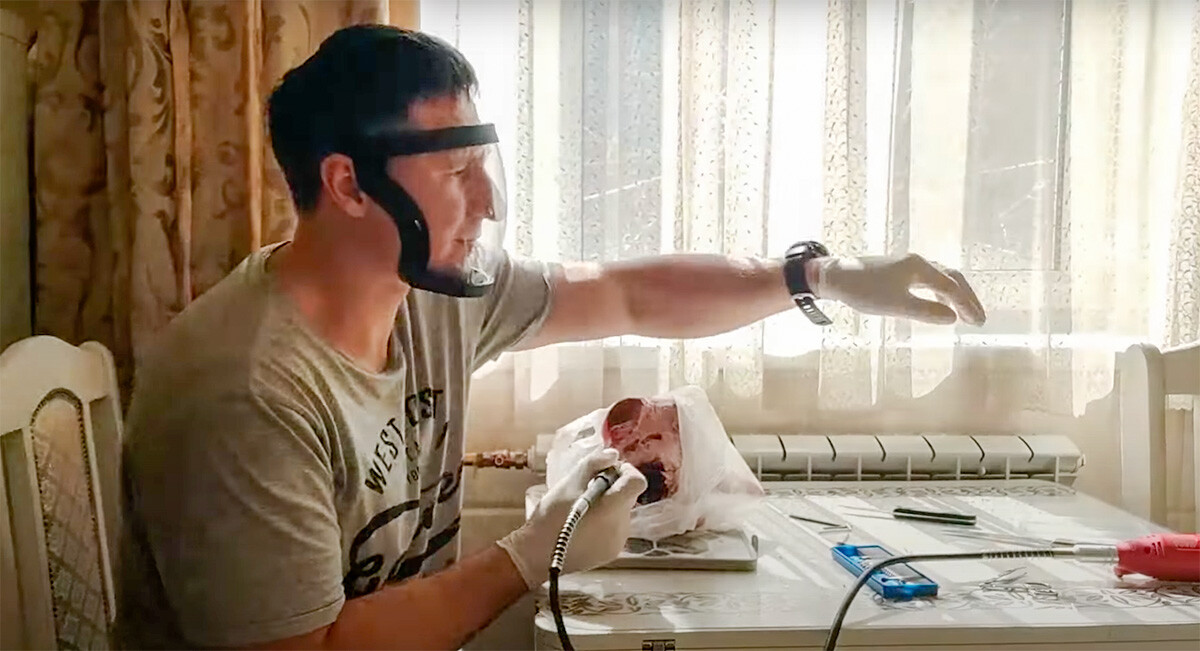
Mikhail's training on a ram head
michael_raduga/vk.com“I didn’t want to wait, I am a fanatic of this subject, so I decided to cross the border,” Mikhail admits. To place electrodes on the cerebral cortex himself, Mikhail spent about two months watching neurosurgical operations with commentaries on YouTube and practicing on the heads of dead rams – five skulls were needed for the trepanation experiments.
“I realize it’s dangerous, but I can’t live without this research, so I can try.” These were the grounds Raduga stood on when he started the operation in his apartment in Novosibirsk on May 17, 2023. He used an endoscope, a device that allowed him to operate on himself and see the operation on a screen.
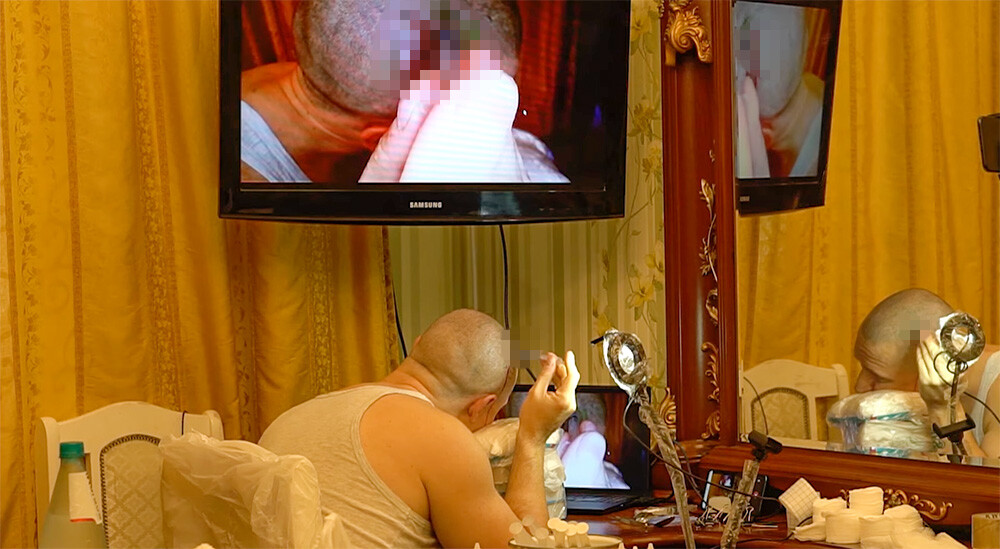
The operation itself, a still from the video
michael_raduga/vk.com“The operation took four hours – I have the full footage. It shows me opening the tendon helmet, drilling a hole in the skull, making a trepanation, placing electrodes under the dura mater, conducting electrical stimulation and sewing it up. I lost about a liter of blood. After that, I worked for another ten hours, like I usually do. Because you can’t sleep after surgery. I just took a shower and worked further at home,” the lucid dreams aficionado told Baza.
Mikhail and an unnamed assistant conducted the research after the surgery had been performed. “I slept with a polysomnography device, while the assistant watched and, as soon as he saw the REM phase of sleep, he sent electric signals to the electrodes on my cerebral cortex. Meanwhile, in my lucid dream, I was holding an object in my hand and the research assistant would stimulate the cortex and the object would fall out of my hand,” Raduga describes the experiment.
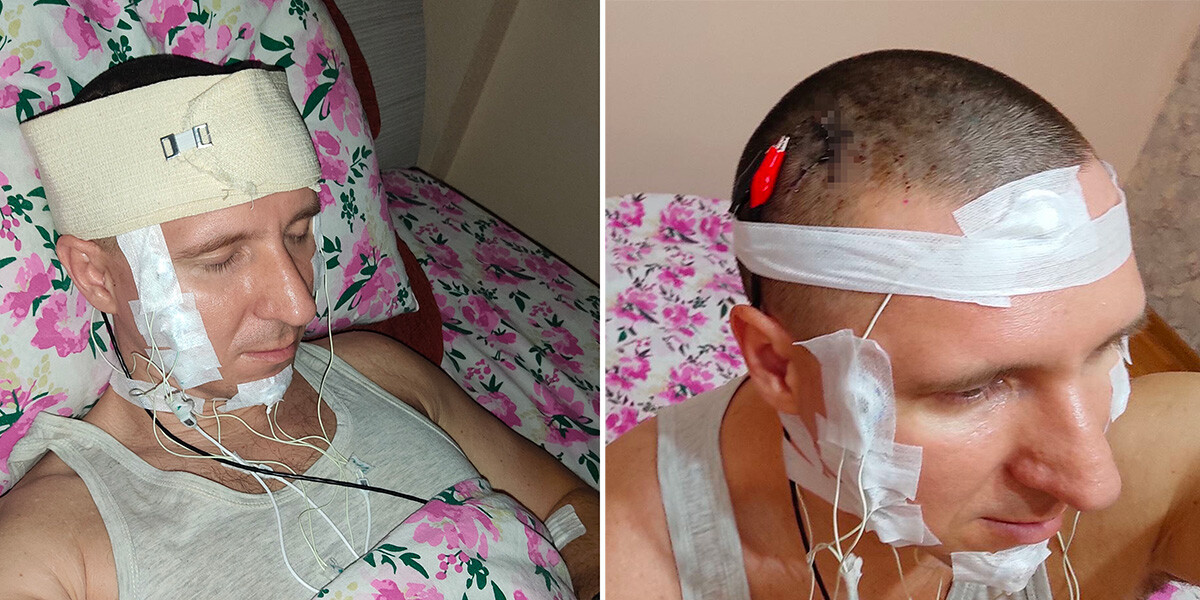
Mikhail during his experiment, with the electrodes in his brain
michael_raduga/vk.comThe man involved in Mikhail’s research was unaware of the manner in which the trepanation was performed. “I was afraid he would refuse to participate,” Mikhail noted. He considered his work a success: “We have confirmed that… it is possible to stimulate the cerebral cortex of a sleeping person and the person will not wake up and the signals will seep into the dream space – this means that we can influence dreams, we can send signals to the sleeping person.” Raduga believes that, in the long term, he will be able to help people who suffer from nightmares and generally open up the world of lucid dreaming to humanity, which he believes is a great way to solve psychological and mental health problems.
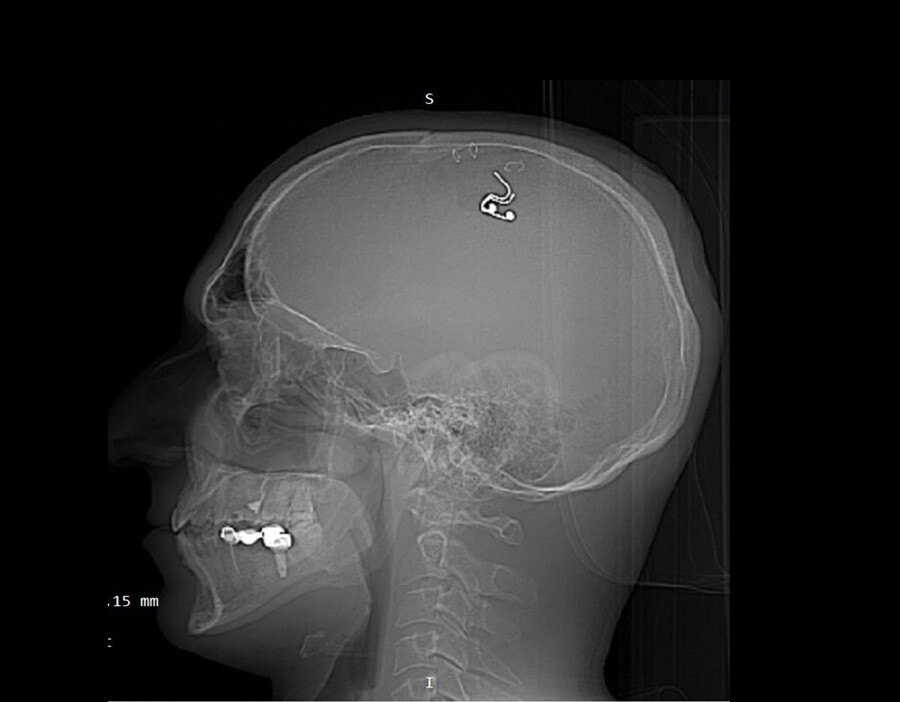
The scan of Mikhail's skull with electrodes inside
michael_raduga/vk.comShortly after the trepanation, the electrodes began to grow into his brain and Mikhail sought professional surgical help. According to Life Shot, “the doctors who took the chip out of the researcher’s skull said they first thought about some kind of professional surgical intervention and only then learned about the patient’s self-surgery.” According to the surgeons, Mikhail “did everything very thoroughly”.
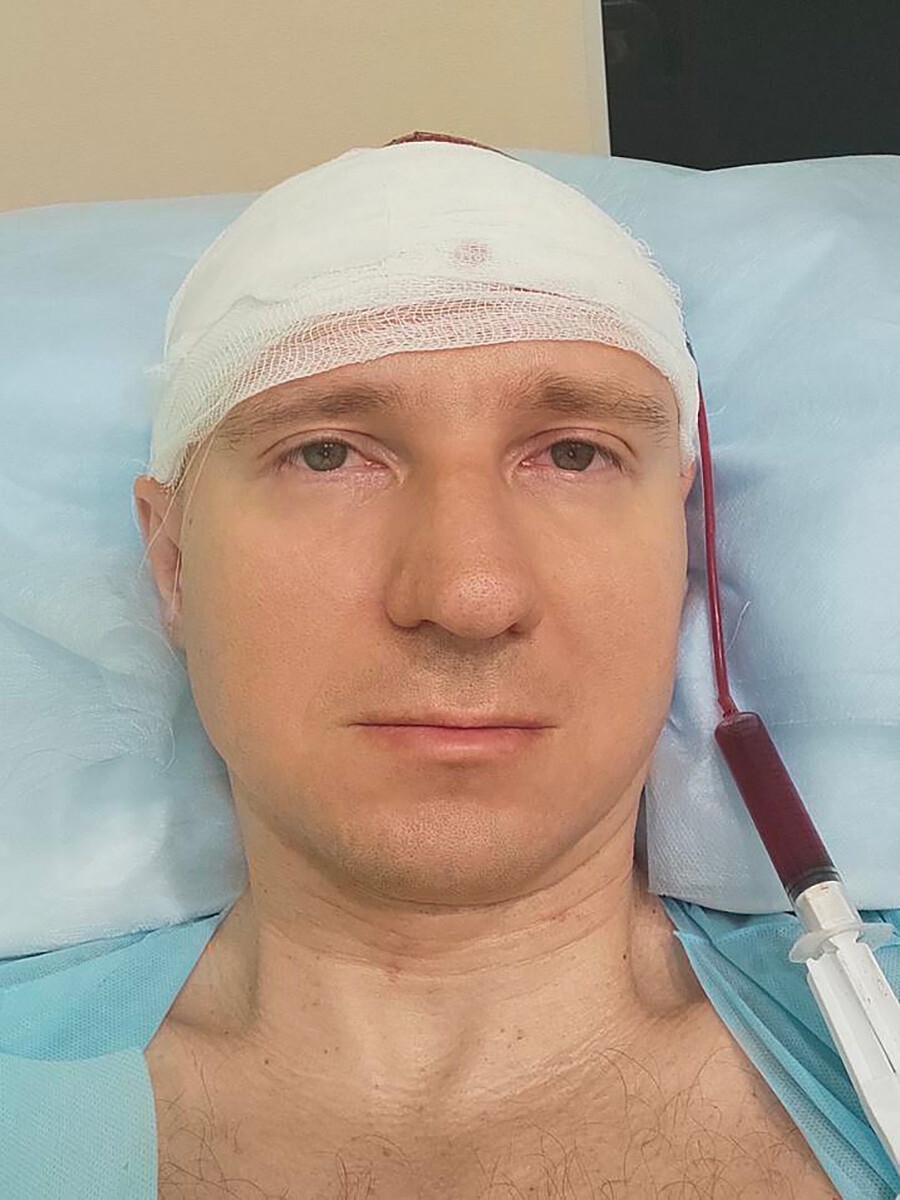
Mikhail in the hospital, after the electrodes were removed. A blood drainage pipe is connected to the wound in his head.
michael_raduga/vk.comMore than a month has now passed since the operation. Mikhail Raduga continues to work and promises “even more ambitious research”. He regrets, however, that he will not be able to publish an article about his successful experiment in specialized journals. “Only if it’s in journals that don’t require research permission. Because it was impossible to get one.”
Dear readers,
Our website and social media accounts are under threat of being restricted or banned, due to the current circumstances. So, to keep up with our latest content, simply do the following:
If using any of Russia Beyond's content, partly or in full, always provide an active hyperlink to the original material.
Subscribe
to our newsletter!
Get the week's best stories straight to your inbox